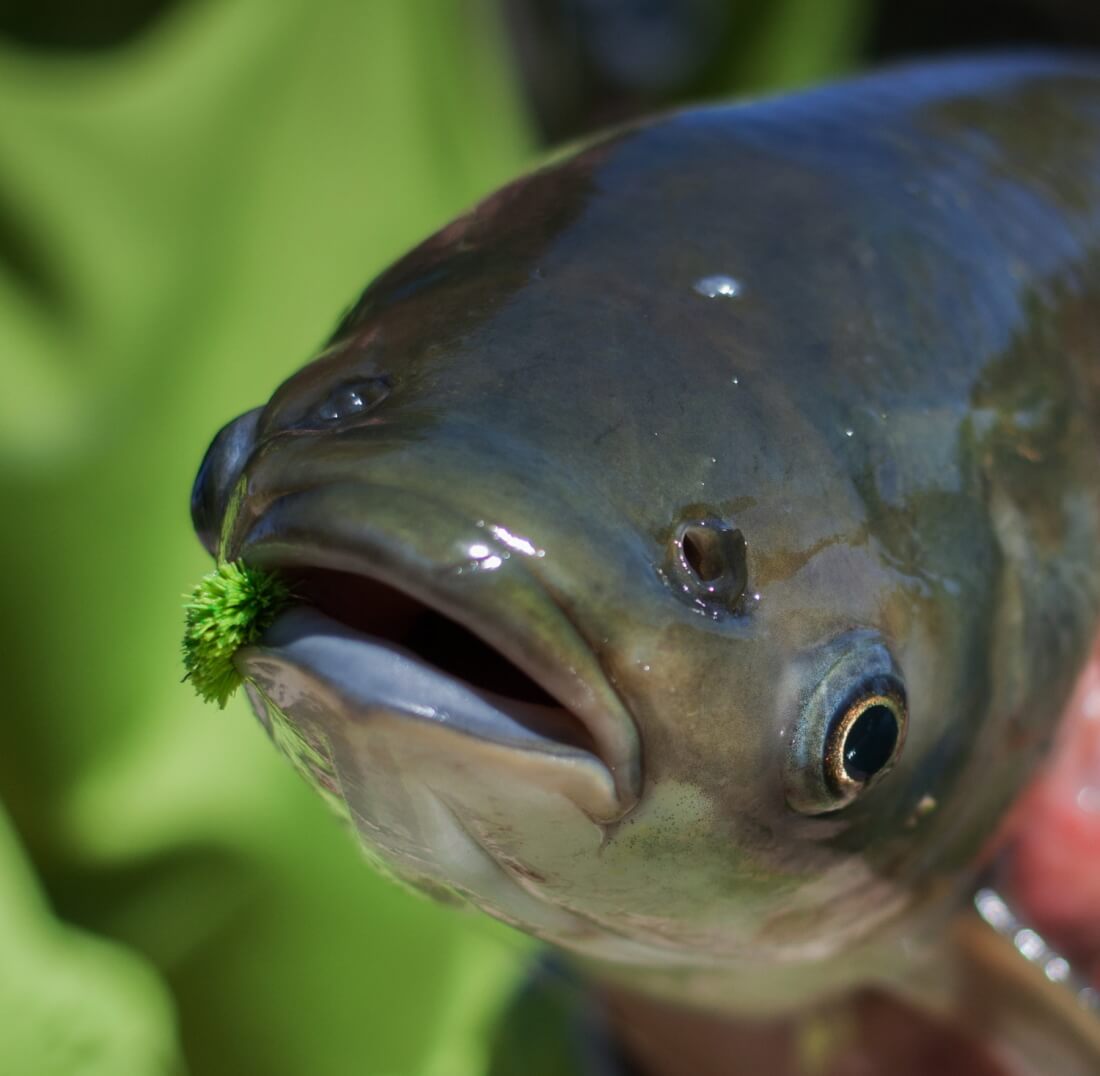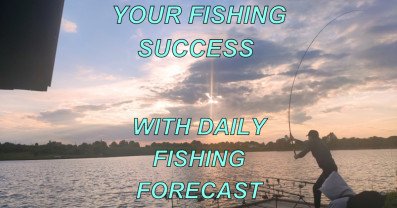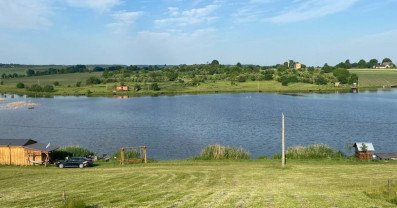The Wonders of Grass Carp: A Guide to Understanding this Aquatic Species
Grass carp, also known as white amur, are a type of fish native to Asia that has been introduced to various parts of the world for the purpose of aquatic weed control. They are a popular species for fisheries and aquaculture and have become an integral part of many aquatic ecosystems. Their ability to control the growth of aquatic plants has been recognized as an effective and environmentally-friendly solution to weed management.
In this guide, we will explore the characteristics of the grass carp, their habitat, diet, and the various ways in which they are managed and maintained. Whether you are a fisheries enthusiast or simply interested in the ecology of aquatic systems, this guide will provide you with a wealth of knowledge about this remarkable species.
Characteristics of Grass Carp
Grass carp are large fish that can grow up to four feet in length and weigh up to 100 pounds. They have a sleek, silver body with a bluish-green back and a white belly. Their scales are large and rough, and their fins are often reddish-orange in color.
- Grass carp have a lifespan of up to 10 years.
- They are known for their high jumping ability, often leaping out of the water when frightened or excited.
- They are primarily herbivores, feeding on a wide range of aquatic vegetation including submerged, floating, and emergent plants.
- Grass carp can reproduce naturally in warm waters, although they are often artificially spawned in hatcheries.
- They are a popular game fish in some areas, but their consumption is not recommended due to the potential for mercury contamination.

Habitat and Distribution of Grass Carp
Grass carp are native to rivers and lakes in eastern Asia, particularly in China and Russia. However, they have been widely introduced to other parts of the world, including the United States, Europe, and Australia.
- Grass carp prefer warm waters with a temperature range of 68-86°F.
- They can tolerate a wide range of salinity levels, making them adaptable to both freshwater and brackish environments.
- They are typically found in slow-moving rivers, lakes, and reservoirs with abundant aquatic vegetation.
- Grass carp are sensitive to low dissolved oxygen levels, which can affect their growth and survival.
Diet of Grass Carp
Grass carp are primarily herbivorous, feeding on a variety of aquatic vegetation. They are often used as a natural and environmentally-friendly way to control the growth of aquatic weeds in lakes and rivers.
- Grass carp feed on both submerged and emergent plants, as well as floating vegetation such as water lilies.
- They are particularly effective at controlling invasive aquatic weeds such as hydrilla, Eurasian watermilfoil, and curly-leaf pondweed.
- They can consume up to three times their body weight in vegetation per day.
- Grass carp do not typically consume algae or other microscopic organisms, which can lead to imbalances in the ecosystem if left unchecked.
Management and Maintenance of Grass Carp
Grass carp are often used as a natural way to control aquatic weeds, but they require careful management and maintenance to ensure their effectiveness and prevent negative impacts on the ecosystem.
- Grass carp should only be stocked in bodies of water where the growth of aquatic weeds is a problem.
- The number of grass carp stocked should be based on the size of the body of water and the amount of vegetation present.
- Grass carp should not be stocked in water bodies with desirable vegetation or in areas where they may escape and cause harm to the natural ecosystem.
- Grass carp populations should be monitored regularly to ensure that they are effectively controlling weed growth without causing harm to other aquatic species.
- The use of grass carp should be combined with other management techniques such as mechanical harvesting, chemical treatments, and biological controls to achieve optimal results.
FAQs:
Can grass carp be eaten?
Grass carp are considered a game fish in some areas, but their consumption is not recommended due to the potential for mercury contamination.
Are grass carp harmful to other aquatic species?
While grass carp are primarily herbivores, they can cause harm to other aquatic species if their population is not carefully managed. They may consume desirable vegetation or compete with native fish for resources.
How are grass carp stocked in bodies of water?
Grass carp are often stocked by fisheries or aquaculture companies, who transport them to the body of water and release them. Stocking rates and methods vary depending on the size of the water body and the desired level of weed control.
Conclusion
Grass carp are a fascinating species of fish that have become an important tool in the management of aquatic weeds. Their ability to control weed growth in an environmentally-friendly way has made them a popular choice for fisheries and aquaculture. However, their use must be carefully managed and monitored to prevent negative impacts on other aquatic species and the ecosystem as a whole.
By understanding the characteristics, habitat, diet, and management of grass carp, we can appreciate the important role they play in maintaining the balance of our aquatic ecosystems. Whether you are a fisheries enthusiast or simply interested in the natural world around us, the grass carp is a species worth learning about.



